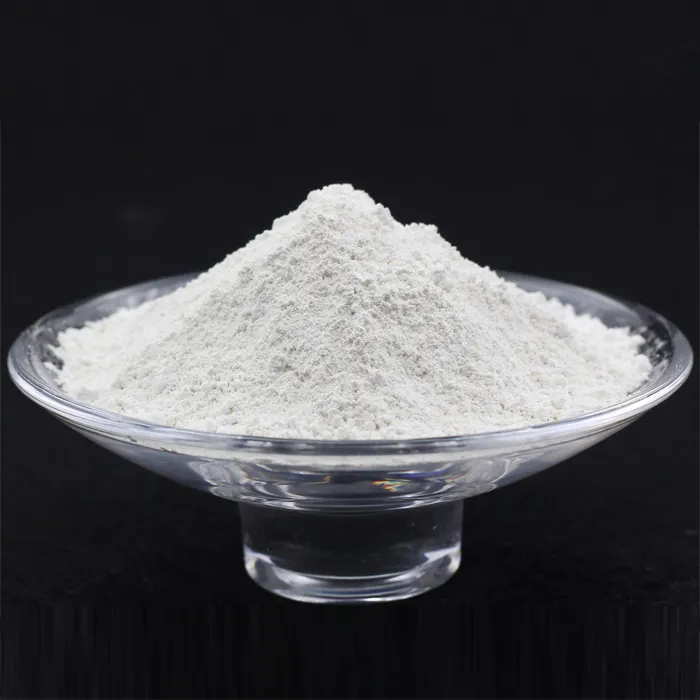Ammonium thiocyanate, with the chemical formula NH4SCN, is a white crystalline compound that plays a significant role in various chemical and industrial processes. This compound is an ammonium salt derived from thiocyanic acid and is commonly used in laboratories, agricultural applications, and even in some food processing techniques. Understanding its properties, uses, and safety considerations can provide valuable insights into both its practical applications and its impact on the environment.
The compound primarily exists as colorless to white crystals and is highly soluble in water. When dissolved, ammonium thiocyanate dissociates into ammonium (NH4+) and thiocyanate (SCN−) ions. This property makes it particularly useful in analytical chemistry, where it serves as a reagent in various qualitative and quantitative analyses. Moreover, due to its ability to form coordination complexes with various metals, it is often used in the extraction and separation of metal ions in different applications.
One of the notable uses of ammonium thiocyanate is in agriculture, where it acts as a nitrogen source in fertilizers. The presence of nitrogen is crucial for plant growth, as it contributes to the formation of vital compounds, including amino acids and proteins. By incorporating ammonium thiocyanate into fertilizers, farmers can enhance soil fertility and subsequently improve crop yields. The thiocyanate ion can also act as a pesticide in some formulations, providing an additional benefit in pest control.
In the realm of food processing, ammonium thiocyanate is sometimes used as a food additive. It serves a dual purpose; not only does it assist in enhancing flavors, but it is also believed to act as a preservative. However, the use of such additives is highly regulated, and it is crucial that food safety standards are adhered to in order to avoid potential health risks. The toxicity levels of thiocyanate compounds need to be monitored because, in high concentrations, they can lead to adverse health effects.
ammonium thiocyanate

When examining the safety concerns associated with ammonium thiocyanate, it is essential to recognize that while it is useful in many applications, it can also pose risks if not handled properly. The thiocyanate ion is known to be toxic in high doses, and exposure can lead to symptoms such as difficulty breathing, thyroid dysfunction, and other health complications. Therefore, appropriate handling measures, including the use of personal protective equipment (PPE) and adherence to safety protocols, are vital for individuals working with this compound in laboratories or industrial settings.
From an environmental perspective, ammonium thiocyanate should be managed responsibly. Its release into the environment can lead to the contamination of water sources, potentially harming aquatic life through the accumulation of thiocyanate ions. Thus, it is important for industries to implement effective waste management strategies to mitigate these risks and protect ecosystems.
In conclusion, ammonium thiocyanate is a versatile compound with numerous applications across agricultural, industrial, and food sectors. Its unique properties make it an invaluable reagent in chemistry and a beneficial additive in fertilizers and food processing. However, careful consideration of safety protocols and environmental management is essential to mitigate the potential risks associated with its use. By understanding both the benefits and challenges associated with ammonium thiocyanate, stakeholders can harness its advantages while ensuring a sustainable and safe approach to its applications.

